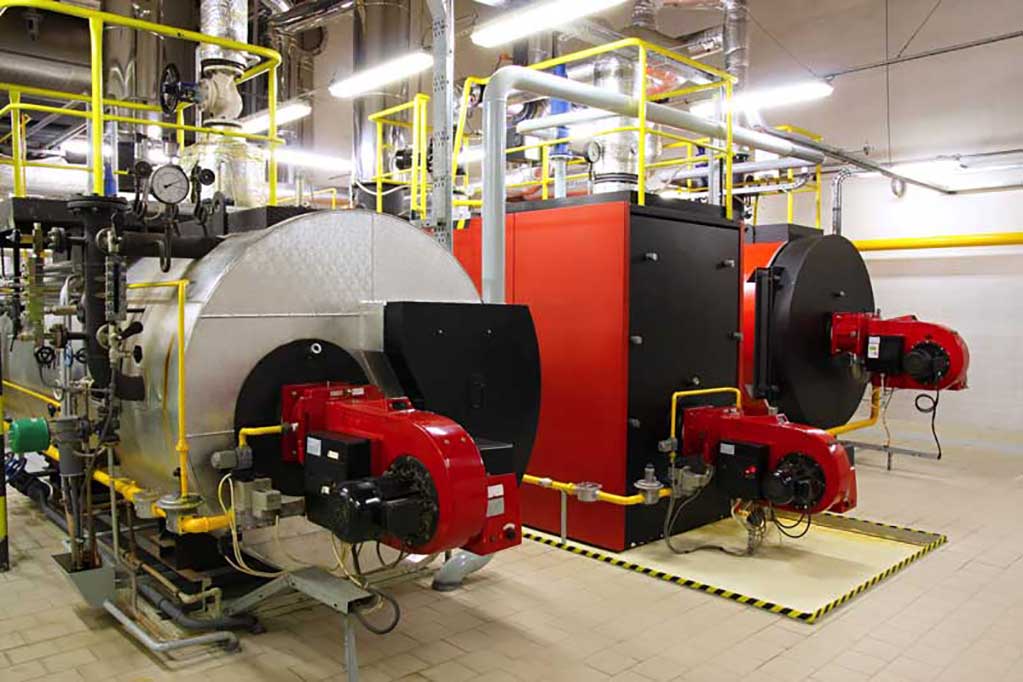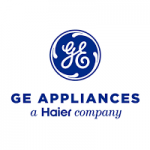
This page is intended to provide a basic understanding of steam boiler water treatment terminology, concerns, treatment methods, and common feed equipment.
Water Tube Boiler – Water is on the inside of the boiler tubes. Typically seen in large steam plants for cities, mills and hospitals 800 hp+, but are making a resurgence in the small horsepower market in flex tube boilers. Due to typical high pressure, any plugging of risers or down comers can create serious risks.
Fire Tube Boiler – Typical low to medium pressure boiler that has the water on the outside of the internal tubes. Typical issue associated with these boilers is scale formation caused by poor water quality (extreme cases can lead to bridging between tubes).
Steam Generator – A small water tube boiler that can go from ambient temperature water to full pressure within a very short period of time. Concerns specific to Steam generators tend to be in direct relation to the small diameter internals and small volume of internal bulk water.
High Pressure Boiler – 100 PSIG or greater.
Low Pressure Boiler – Boiler not exceeding 15 lbs PSIG internal pressure.
Conductivity – The inverse of resistivity, measuring the speed at which a current travels through a given solution across the dissolved ions to give you an overall snapshot of the total dissolved solids present.
Horsepower – 1 horsepower is equal to 34.5 lbs of steam generated per hour at maximum efficiency.
Hardness – The total amount of dissolved minerals typically consisting of calcium, magnesium, and iron. This will bond with alkalinity and if left unchecked, will create internal scale, decreasing boiler efficiency.
Condensate – Steam Vapor that has experienced another phase change, returning to the liquid state to be recycled in the boiler system again. Condensate is distilled water (very pure, low conductivity) and high heat (typically 180F) so also referred to as liquid gold.
Condensate Return % – The relational percentage of condensate that has returned to be recycled into the feedwater tank.
Deaerator vs a feedwater tank – A Deaerator is a pressurized vessel designed to increase temperature and pressure to drive off dissolved oxygen to mechanically protect the boiler from oxygen attack. Typically 225F and 7 PSIG. Typically a feedwater tank is anywhere from 100F-190F at atmospheric pressure.
Enthalpy – The required btu’s to experience phase change from water at 212F to Steam 212F, or 970 btu’s.
Scale – Scale is the formation of deposits that act as an insulator between the fire side and the water side. The creation of scale or other deposition can drastically decrease efficiency within the boiler. 1/32” of scale can translate to anywhere from 2-5% decrease in efficiency.
Water Hammer – Water that has been allowed to collect in the steam line during a shut down that creates a chain reaction of steam creation and condensation. This is a rapid expansion and contraction within water inside steam lines that can damage both pipes and machinery. This can be minimized by ensuring lines are clear before start up and slowly bringing system up to pressure.
Corrosion – Metal loss within a pipe or system as metal transfers from the anode to the cathode, causing pitting and formation of metal deposition.
Steam Trap Failure – When a Steam Trap fails, steam is allowed to bypass the designed check system that separates the steam from the condensate. As condensate tanks tend to be vented, steam is allowed to escape, creating excess waste of both water and btu’s. Regular steam trap audits and maintenance has a very quick ROI and traps should be repaired or replaced quickly. Can cause failures at elbows as steam pressure attacks the elbow.
Carryover – Carryover is another name for Wet steam, typically caused by excessive dissolved solids (often alkalinity). This is boiler water that has not experienced the phase change, that is carried out to the system, that has a minimum of 1/5th of the workforce potential of dry steam. Carryover is also very caustic and can create other issues if left unresolved.
Carbonic Acid Attack – Condensate that is allowed to bond with carbon dioxide as it condenses creates a very low pH acid that can attack metal and create metal deposition in other locations, ie. Boiler and feedwater tanks. Identifiable by groove cut into the lower 1/3 of the condensate pipe as acid attacks the metal it comes in contact with.
A water treatment provider must design a custom combination of many treatments at their disposal for a particular facility, process, and industry. From oxygen scavenger, scale inhibitor, chelant, and amines, specialized chemists will design and blend the correct chemical composition to help mitigate current problems or minimize risk for future problems.
The following are typical components of a modern steam boiler treatment program:
- Pre-treatment equipment
- Water softener
- Reverse osmosis
- Filtration
- DeAlkalizer
- Controller with varying capabilities:
- pH, TDS, Conductivity, or Trace Probes
- BACNet, Cellular, CAT5 Cable
- Chemical feed pumps
- Chemical spill containment:
- Dual walled containment tanks
- Spill trays
- Spill decks
- Liquid or solid concentrate
- Water meter – to measure make up
- High Temp Blow down valve – to control dissolved solids in water
- Sample Cooler
Warnings and Disclaimers: This web page is designed to provide information regarding the subject matter presented. It is produced with the understanding that neither GWT nor the contributors are rendering legal, medical, engineering or other professional services. Neither GWT nor the contributors shall be liable for damages, in any event, for incidental or consequential damages caused, or alleged to be caused, directly or indirectly, by the use of any information disclosed on this web page, including the use of any recommendations, methods, products, services, instructions or ideas.



